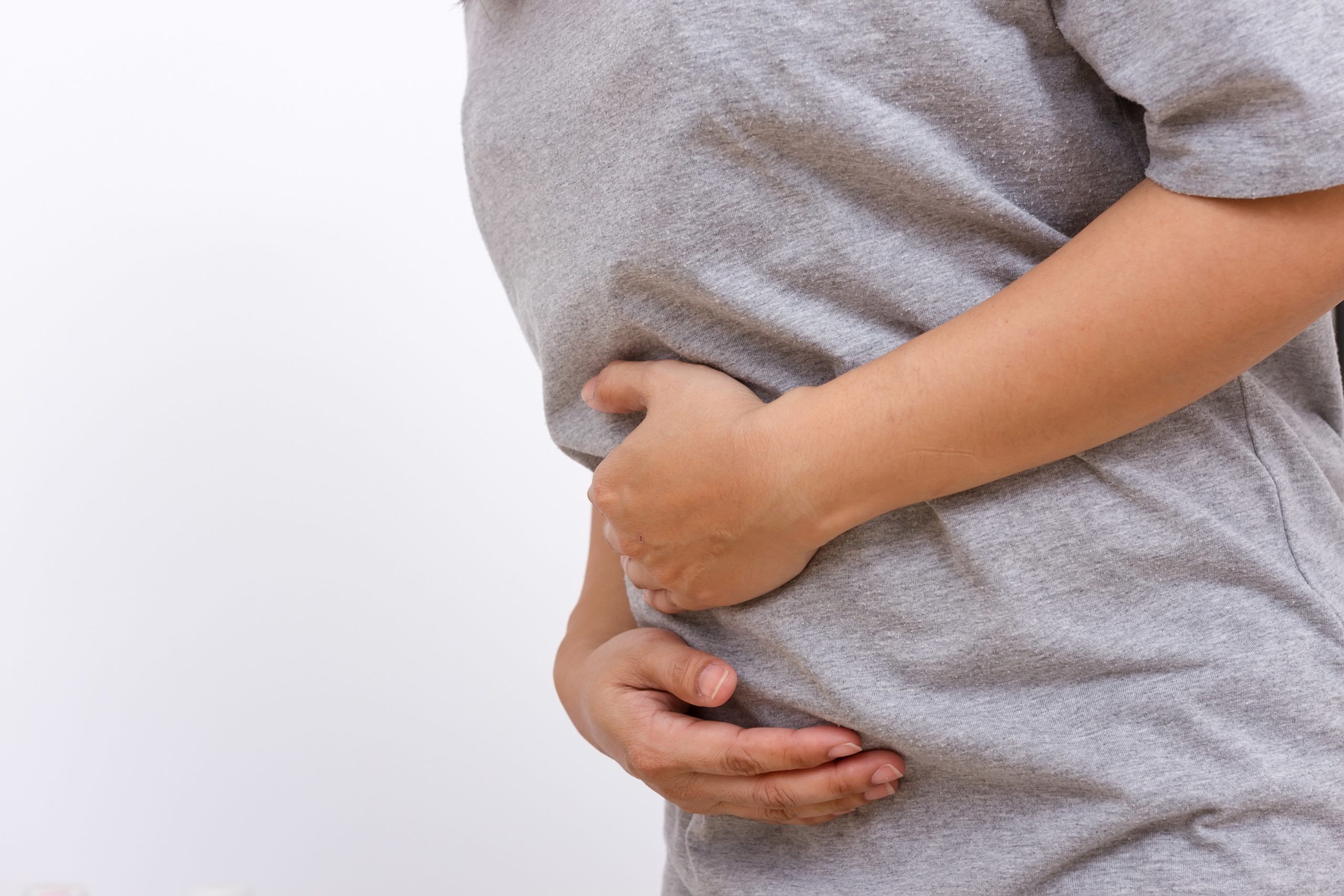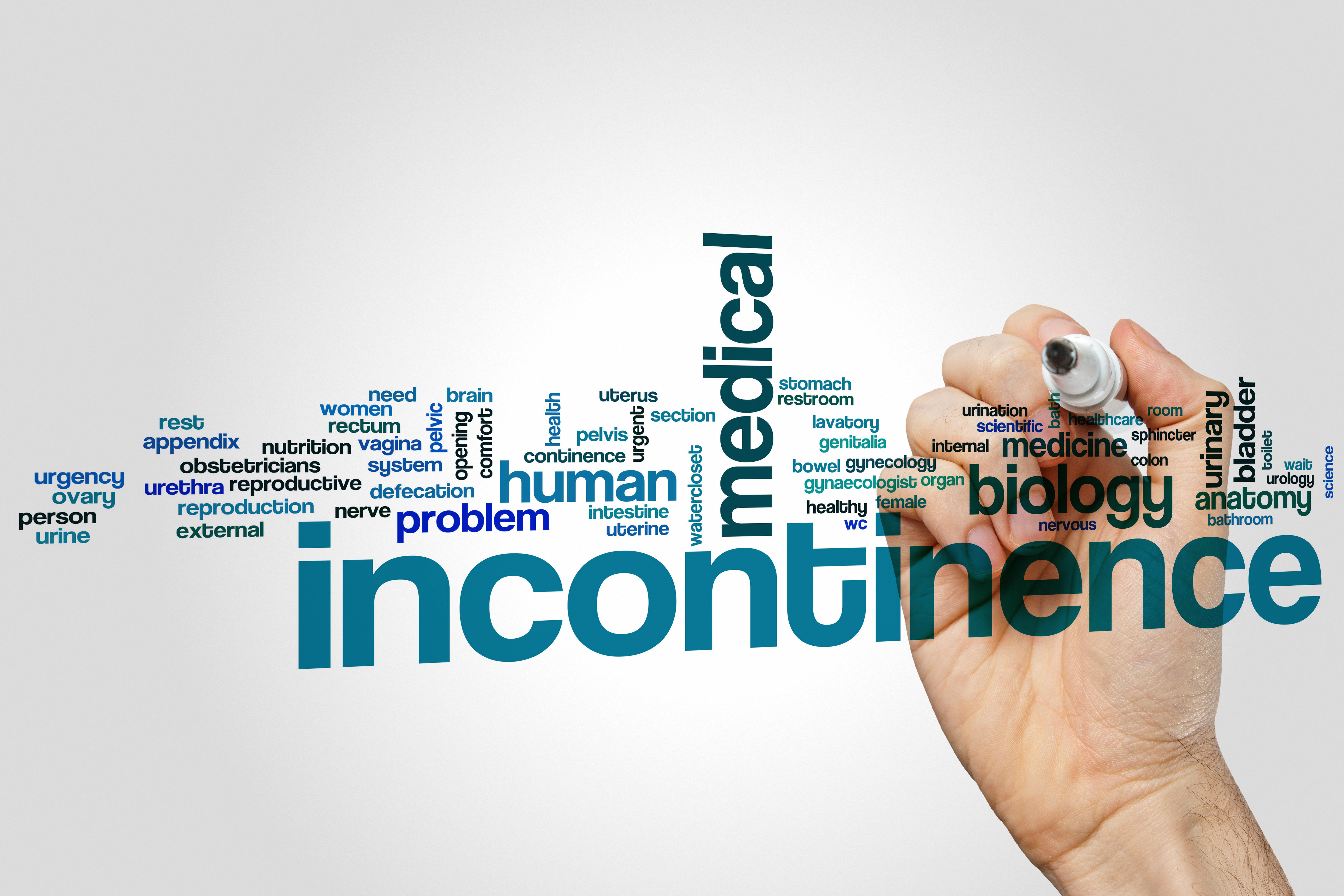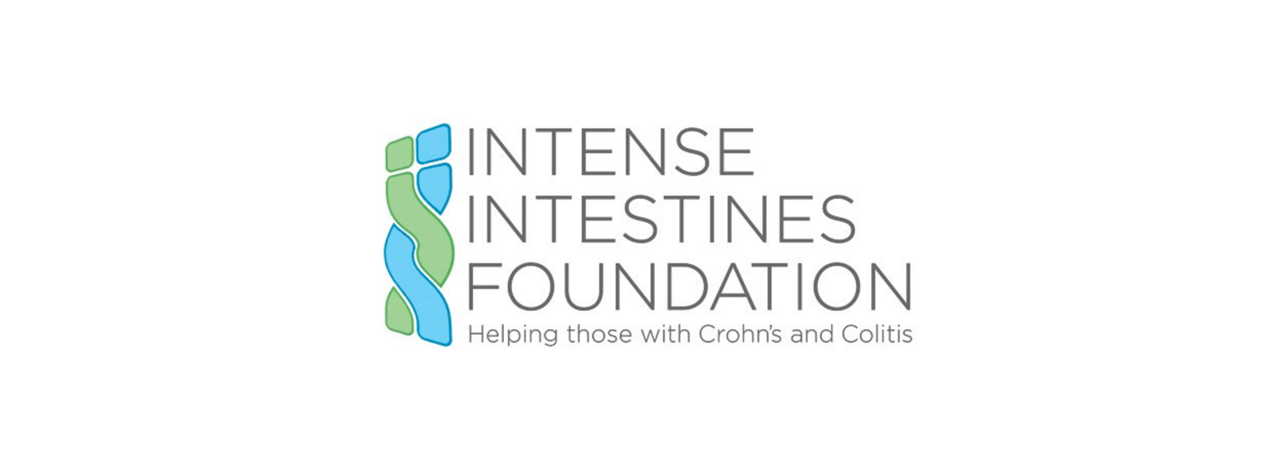
Urology / Incontinence Glossary



Urinary incontinence is a condition characterized by the loss of bladder control. It’s not a disease in itself but a symptom. It can be a temporary condition or persistent one, depending on the cause. Urinary incontinence can happen as a result of one’s diet, underlying medical condition, or physical problems.
Millions of American adults have urinary incontinence. While it’s common for women over the age of 50, it can happen to anyone including the younger population.
Urinary incontinence can be categorized into three: stress, urge, and overflow. It’s possible to have more than one or all of the types of urinary incontinence.
Stress incontinence happens as a result of physical activity or body movement. Activities or movements caused by coughing, sneezing, laughing, or heavy lifting can put pressure on the bladder leading to temporary urinary incontinence.
Stress incontinence is more common among women than men. Despite its name, it isn’t related to psychological stress.
Urge incontinence happens when a person has a strong urge to urinate. It is usually caused by abnormal contractions of the bladder.
Normally, it’s the sphincters that control the flow of the urine. But what happens to people with urge incontinence is that their bladder contracts force that is strong enough to override the sphincter muscles of the urethra.
There are several reasons that lead to abnormal contractions of the bladder. This can be due to damaged bladder as a result of a disease like diabetes, multiple sclerosis, spinal cord damage, or irritated bladder.
Overflow incontinence occurs when the bladder doesn’t empty properly. As a result, it leaks out. There are several reasons why this happens. It may be due to a nerve or muscle damage which can be caused by multiple sclerosis, Parkinson’s disease, or spina bifida.
In some cases, overflow incontinence may be the result of obstruction which makes it difficult to empty the bladder. The obstruction can be due to an enlarged prostate, kidney stones, or urethral stricture.
There are several causes of urinary incontinence. Some of these causes may only result to temporary condition while there are also those that lead to persistent and more serious cases of urinary incontinence.
Temporary Causes
Many cases of temporary incontinence are attributed to lifestyle choices like diet. Alcoholic and caffeinated beverages can result to temporary incontinence as these drinks lead to temporary loss of bladder control.
Other causes of temporary incontinence include medications like those for hypertension, sedation, heart diseases, and for muscle relaxation. Constipation and urinary tract infection can also lead to this urinary problem.
Aging
Urinary incontinence can result from age-related changes to the lower urinary tract. Some of these changes include reduction in bladder capacity, decreased urinary flow rate, and uninhibited contractions. Coupled with chronic diseases, the risk for urinary incontinence increases with age.
Damage to the Pelvic Floor Muscles
Since pelvic floor muscles support the bladder, any condition that leads to damage of the pelvic floor muscles can lead to urinary incontinence. Surgery and childbirth can lead to weak or damaged pelvic floor muscles.
Enlargement of the Prostate
Enlargement of the prostate is one of the common causes of urinary incontinence among men. When the prostate enlarges, it can squeeze the urethra and in return, affects the flow of the urinary stream. A condition called benign prostatic hyperplasia (BPH) can lead to prostate enlargement.
Cancer
Some cancer types can lead to urinary incontinence. These include prostate cancer among men and bladder cancer for both men and women. Urinary incontinence can also be a side effect of cancer treatments.

There’s nothing to be embarrassed about having urinary incontinence as there are several approaches for managing it. Some of the ways that can help you manage your urinary incontinence include:
Absorbent products like pads can be a great use for people with urinary incontinence. Pads or garments that are meant to absorb urine and protect the skin and clothing can be highly beneficial for those who have persistent incontinence despite treatments and medications. These products can also work great as temporary solution for patients who are awaiting surgery or waiting for definitive treatment for their urinary incontinence.
When using absorbent products, proper skin care and use of these products are encouraged to prevent skin breakdown and infections.
The use of catheters is often part of anti-incontinence therapy. It can serve as a temporary or permanent solution for overflow incontinence. It can help patients improve their bladder capacity and the voluntary detrusor pressure.
Self-catheterization is often advised to patients who can perform it.For those who can’t, an alternative solution is the use of indwelling Foley catheter.
Proper management of indwelling catheters should be observed including changing it at least once per month to prevent infection.
Pelvic floor rehabilitation which include pelvic floor exercises like Kegel exercise is shown to help improve the pelvic muscle tone and strength. This is an effective and a noninvasive solution for those with mild stress urinary incontinence.
Pelvic floor exercises involve lifting the levator ani muscles as if you’re controlling your urination or defecation with less contraction of your muscles in your abdomen, buttocks, or inner thighs.
Obesity is a risk factor in the development of urinary incontinence. Hence, losing weight may help improve your condition.
In a study involving overweight and obese women, it shows that those who have lost weight experience a reduction in weekly urinary incontinence episodes by 47%.
Because certain foods can trigger urinary frequency and incontinence, avoiding these foods can help in alleviating the urinary incontinence symptoms. Some of the foods and drinks to avoid include stimulants like caffeine, alcohol, spicy food, and citrus fruits. Avoiding these food and drinks may not totally eliminate the urinary incontinence symptoms but they can, at least, reduce it.
In contrast to what other people believed, drinking sufficient amount of fluids is still considered important even if you have urinary incontinence. Sufficient fluid intake can prevent infection, kidney stones, and constipation – all of which contribute to urinary incontinence.
Having urinary problem like incontinence can be difficult but with the help of certain products, treatments, and lifestyle changes, it can be managed.
 About the Author – The Product Specialists at Medical Monks contributed this article. Medical Monks is medical supply retailer serving consumers and businesses across the United States. Reach our Specialists at customercare@medicalmonks.com.
About the Author – The Product Specialists at Medical Monks contributed this article. Medical Monks is medical supply retailer serving consumers and businesses across the United States. Reach our Specialists at customercare@medicalmonks.com.

Urinary tract infections (UTIs) are quite common and equally unpleasant. They occur when germs that do not normally exist in the bladder are introduced into the area. This can include things like bacteria and yeasts.
Catheter-associated urinary tract infections (CAUTI) occur when bacteria or other germs travel along the catheter and cause infections in the bladder, which can extend to the kidneys, and in some cases to the bloodstream.
According to the Wound Ostomy and Continence Nurses (WOCN) Society, the prevalence of catheter-associated urinary tract infections in home care settings is about 8%.
Prevention and education, in these cases, are the best cures to help you avoid catheter-associated urinary tract infections altogether. Here at Medical Monks, we seek to get you all the facts about catheters and their use so that you’re confident in using them and avoid CAUIT’s.
The National Library of Medicine reports the following symptoms are commonly associated with catheter-associated urinary tract infections.
Among older adults, the only indication of a urinary tract infection may be mental changes or confusion.
Keep in mind, though, that not everyone experiences the same symptoms with catheter-associated urinary tract infections. Some individuals don’t experience any of the common symptoms.
It is helpful for you to understand the risks and contributing factors that might heighten your personal risk for catheter-associated urinary tract infections.
These situations can heighten your risks:
Personal Risk Factors
There are also personal factors that affect your risks. For instance, females have greater risk factors as well as women who are pregnant. In addition, anyone who suffers from chronic illness or has diabetes mellitus, and people who are malnourished or are otherwise in frail health, among others, according to the Wound Ostomy and Continence Nurses Society, are at a higher risk of developing a catheter-associated UTI . Other common risk factors, according to the Centers for Disease Control, are immunity impairments and advanced age.
There is a subset of secondary risk factors associated with developing catheter-associated urinary tract infections. They include:
While these things do not necessarily ensure that you will have a urinary tract infection, they are supporting factors. Addressing them early may help to prevent them and will certainly remove them as contributing factors.
One of the big problems with catheter-associated urinary tract infections, according to the National Library of Medicine, is that it is more difficult to treat using common antibiotics than traditional urinary tract infections.
The best solution is to practice preventative steps to avoid catheter-associated urinary tract infections whenever possible. If that fails, despite your best effort, the next best thing is to work closely with your doctor to determine the best course of treatment for the severity of your catheter-associated urinary tract infection.
The first step, of course, is to determine whether you have a catheter-associated urinary tract infections or if there is something else going on. This may require a urinalysis, a urine culture, an ultrasound, or a CT examination of your urinary system.
Urine cultures are often helpful as they can help determine which type of bacteria is involved so that the best antibiotic to address your specific CAUTI is prescribed.
You’ll find that the likelihood of you contracting a urinary tract infection from using your catheter is greatly diminished, if you take preventative steps, like these:
If you must wear a catheter, review this list daily in order to help prevent catheter-associated urinary tract infections.
It is essential to work in conjunction with your physician in order to properly treat your catheter-associated urinary tract infection. It will most likely begin with a culture to determine the specific bacteria causing your infection. Then antibiotics are generally a first choice.
It is extremely important for you to finish your course of antibiotics – even after you begin to feel better. This is so that all the bacteria are effectively killed off and do not develop a tolerance for the antibiotics.
Some people treating these infections at home will attempt to consume two to three quarts of fluid daily. However, before following this advice, make sure it is safe for you to do so. Some people may be at greater risk from consuming too many liquids.
The National Library of Medicine recommends that you avoid drinking alcoholic beverages, drinks containing caffeine, and citrus juices while attempting to get rid of a catheter-associated urinary tract infection.
Severe case may require stronger antibiotics that must be delivered through an intravenous drip. If you are suffering from bladder spasms you may be prescribed medications to lessen those.
In severe cases, you may need to be hospitalized so seek treatment as soon as you suspect that you may have a catheter-associated urinary tract infection.
Leaving a urinary tract infection untreated can result in further damage and more severe infections, including a very serious infection known as sepsis. You may even damage your kidneys or develop stones in your kidney or bladder as a result. Some cases may even result in permanent damage to the kidneys.
Medical Monks offers an extensive selection of catheters for people who use them at home or outside of the hospital setting. We choose our top catheter supply manufacturers for their high quality and diverse catheter types.
We believe that with the proper information and education about our catheters and catheter-associated urinary tract infections, you can take preventative steps to reduce your risk of getting them.
Please feel free to contact us with any questions and concerns you have about your current catheter, purchasing a new catheter, or your risks for developing urinary tract infections related to your use of a catheter.
For more information about catheters, please call us here at Medical Monks at 844-859-9400, text us at 614-636-6657 or visit our chat for Live Help.
About the Author – The Product Specialists of Medical Monks contributed this article. Medical Monks is medical supply retailer serving consumers and businesses across the United States. Reach our Specialists at customercare@medicalmonks.com.
Sources:
https://www.chkd.org/Patients-and-Families/Health-Library/Way-to-Grow/Catheter-Associated-Urinary-Tract-Infections,-FAQ/
https://c.ymcdn.com/sites/www.wocn.org/resource/resmgr/Publications/Catheter_Associated_Urinary_.pdf
https://www.nlm.nih.gov/medlineplus/ency/article/000483.htm
https://www.cdc.gov/HAI/pdfs/toolkits/CAUTItoolkit_3_10.pdf

Awareness for Crohn’s & Colitis

Goals are to educate as many people as possible, as early as possible, about the risk factors and symptoms of colorectal cancer, and for people to get screened when it’s appropriate for them. Check out their projects, and visit their message board to read about other survivors, ask questions, share and connect.

IFFGD is a resource site for digestive health knowledge, support, and assistance about functional gastrointestinal (GI) and motility disorders (FGIMDs).

The Intense Intestines Foundation’s mission is to help patients in their journey with Crohn’s disease, ulcerative colitis and ostomies by connecting, supporting and educating those with IBD and their loves ones by promoting a healthy lifestyle.

Inspire, an online community that connects medical patients, family members, caregivers, and professionals. This community is provided by ClinicaHealth, Inc.

Get Your Guts in Gear creates events and fosters experiences that inspire and empower people touched by digestive diseases, forming communities focused on well-being. We partner with organizations to achieve awareness and advocacy.

The nation’s leading family caregiver organization working to improve the quality of life for the more than 90 million Americans who care for loved ones with chronic conditions, disabilities, disease, or the frailties of old age.

The American Cancer Society (ACS) is committed to fighting cancer through balanced programs of research, education, patient service, advocacy, and rehabilitation.

Founded in 1968, the Wound, Ostomy and Continence Nurses Society (WOCN) is a professional, international nursing society of more than 4200 nurse professionals who are experts in the care of patients with wound, ostomy, and continence problems.